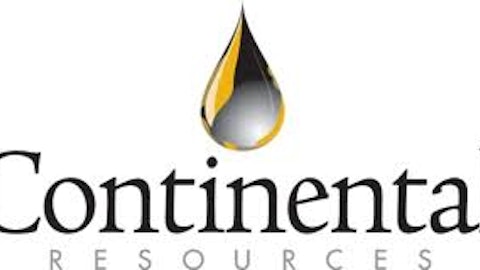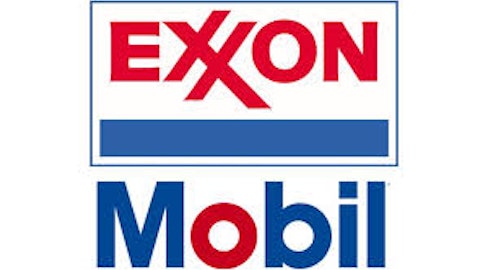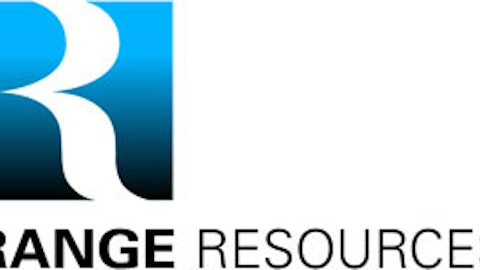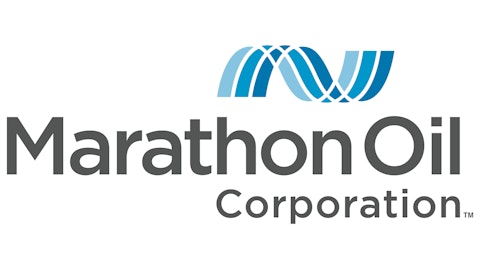Supply and demand trumps all
In the US, producers delivering at Cushing, OK (West Texas Intermediate) net back less in cash than those that can deliver crude to the Gulf Coast (Louisiana Light Sweet). The spread between WTI and LLS reflects supply and demand differences. With more delivery options to the coastal US markets, LLS prices higher.
The same can be said for gas. We’re used to cheap gas in the US, but that’s not the case everywhere. Oil is shipped all over the globe, but natural gas remains a regionalized market. It needs to be liquefied to ship it and until North America has the capacity to export LNG, our oversupply won’t affect global pricing one bit.
Diversified international operations compensate for regional pricing problems. Apache’s international operations account for 45% of total production. In 2011, its average international gas pricing exceeded domestic gas by 20%, and 70% of its oil production priced at a premium to WTI. Geographical diversification helps protect Apache from the effects of regionally depressed prices, changing its risk profile.
Make sure of your numbers
This is a numbers-driven industry that’s overflowing with jargon. Make sure that your reserve numbers are what you think they are when comparing a company to its peers.
Reserves come in three flavors: proved, probable and possible in descending probability of their recovery (90%, 50% and 10%, respectively). Proven reserves are split between ‘proved developed’ and ‘proved undeveloped’. Proven developed reserves are all behind pipe on properties with existing infrastructure. It’s ready to come out of the ground.
You’ll also see the terms 1P, 2P and 3P. In this case, reserve totals are additive. 1P reserves are proved. 2P are proved plus probable, and 3P are proved, probable and possible. Don’t accidentally comp 2P from one company to probable reserves from another. Scrounging up numbers can be headache, and errors are easy to make because of the heavy use of jargon. Be careful. It’s easy to get crossed up when combing through presentations and SEC documents.
The numbers don’t lie, but they can fib a little…
Be careful with the numbers. Comparisons require that companies you’re looking at have similar assets. Global supply, regional market conditions, swinging commodity prices, and the political environment, can all significantly impact the value of those reserves. Layer on technical and geological differences and comparing reserves can be daunting.
Simple valuations are useful as a screen, but I think that the first thing to ask when you see a low valuation is always, “Why?” Someone’s mispricing it. Either it’s you or the market. You can often find a rational reason behind that price. Finding that ‘story’ behind the stock goes a long way towards helping you identify a company’s strengths and weaknesses. Identifying these helps identify catalysts and make smart buy/sell decisions. This is a commodity business and product price swings can rapidly translate into share price swings. Knowing what exactly what you’re buying and why you’re buying it is essential.
The article When Is a Barrel Not a Barrel? originally appeared on Fool.com and is written by Peter Horn.
Copyright © 1995 – 2013 The Motley Fool, LLC. All rights reserved. The Motley Fool has a disclosure policy.





